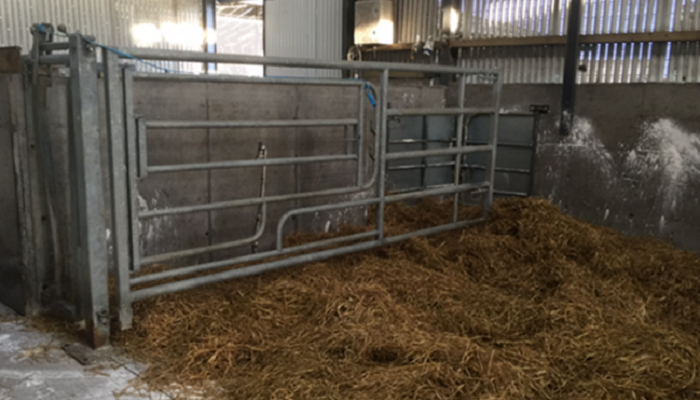28 August 2024
Farm Safety – Addressing Risks in Irish Agriculture

Leah Sheridan, Teagasc Ballinrobe and ATU Galway, highlights the high fatality rates and persistent safety risks in the Irish agriculture sector, emphasizing the need for improved safety measures.
The fatality rate in agriculture is higher than any other sector. Farms are identified as the most high-risk workplace. The Health and Safety Authority (HSA) reported 20 fatalities within the Agriculture, Forestry & Fishing industry for 2023, with 16 of those from farming alone. So far in 2024, there have been 3 reported fatalities.
Data from the Teagasc National Farm Survey has shown that about 4,500 farm accidents occur on farms each year, with 44% putting the victim out of work for at least four days. Furthermore, some 80% of these farm accidents required medical treatment, with 46% of victims attending hospital, a further 18% a doctor and 16% requiring first aid.
Despite efforts and campaigns, the number of accidents and fatalities are not decreasing, meaning more action needs to be taken at farm level.
Tractors and farm vehicle fatalities
Statistics show that the main cause of fatalities on Irish farms are tractors and farm vehicles. The main causes of death with farm vehicles involve overturning, being crushed, struck, and pinned under or falling from vehicles. The most common risk is when a vehicle drives or rolls over due to drivers not seeing the danger, poor driver behaviour, excessive rushing, maintenance work not completed and drivers taking risks.
Risks associated with machinery
Risks associated with machinery include being crushed, struck by a part, machinery collapsing, PTO entanglement & getting trapped. The two main types of machinery that cause the highest number of injuries and fatal accidents are agitators and slurry tankers. These accidents happen as the PTO is still moving while the machinery is stationery.
To prevent accidents occurring ensure all suitable guards are fitted to machinery. Use axle stands or wooden blocks to support raised machinery. All PTO shafts must be fully guarded by enclosing them along their full length from the tractor to the first bearing on the machine. Disengage the PTO before clearing blockages, a U-guard should be in place to prevent contact. An O-guard in place on power drive shafts is necessary. All machinery loads should be stable and well secured.
The National Farm Safety Measure re-opened on 24th July 2024. It provides a financial contribution to participating farmers for a maximum of four PTO shaft covers. The grant aid is at a rate of 60% subject to a maximum eligible cost of €100 per PTO shaft cover. It is a great opportunity to replace damaged or missing PTO shafts.
Livestock
Always take care when handling livestock, entering pens, herding, moving, separating, releasing and loading. Livestock have excellent memories. Painful or aversive experiences may result in reluctance to be handled subsequently.
To avoid injury, good handling facilities are essential for cattle and other livestock. A proper crush in good working order is a must for safe livestock handling. Use a well-designed calving gate when calving cows. Never turn your back on a freshly calved cow or heifer. Many serious farming accidents occur when loading and unloading livestock, therefore provide suitable loading facilities. All bulls are potentially dangerous. Always fit a ring to a stock bull when he is out in the field and exercise caution if you need to enter the field with the bull.
Slurry
The two main risks when working with slurry are the risk of drowning in slurry tanks and the risk of asphyxiation by toxic gases released from slurry in storage. It is key to use the ‘EVA’ method when working with slurry – Evacuate, Ventilate and Agitate. One breath or lung-full of the hydrogen sulphide gas that is released during agitation can cause instant death. It is vital you do not enter the shed until at least 30 minutes after agitation has finished. A ‘danger slurry pit’ sign featuring an exclamation point and a yellow triangle denoting hazard should be visible at all slurry pits.
Safety Law
Farms should comply with The Safety, Health & Welfare at Work Act 2005 (SHWWA). Its aim is to reduce accidents and ill-health in the workplace.
Key points for your farm
- Examine your farm and machinery for potential hazards and remove immediately
- Organize your work to avoid long hours, rushing and taking potential safety risks
- Stop & think prior to carrying out any task
- Complete risk assessment documents
- Keep your farm and farmyard neat and tidy to minimize safety hazards
- Children on the farm should not be unsupervised
- Consider applying for a TAMS 3 60% grant to improve farm safety on your farm
